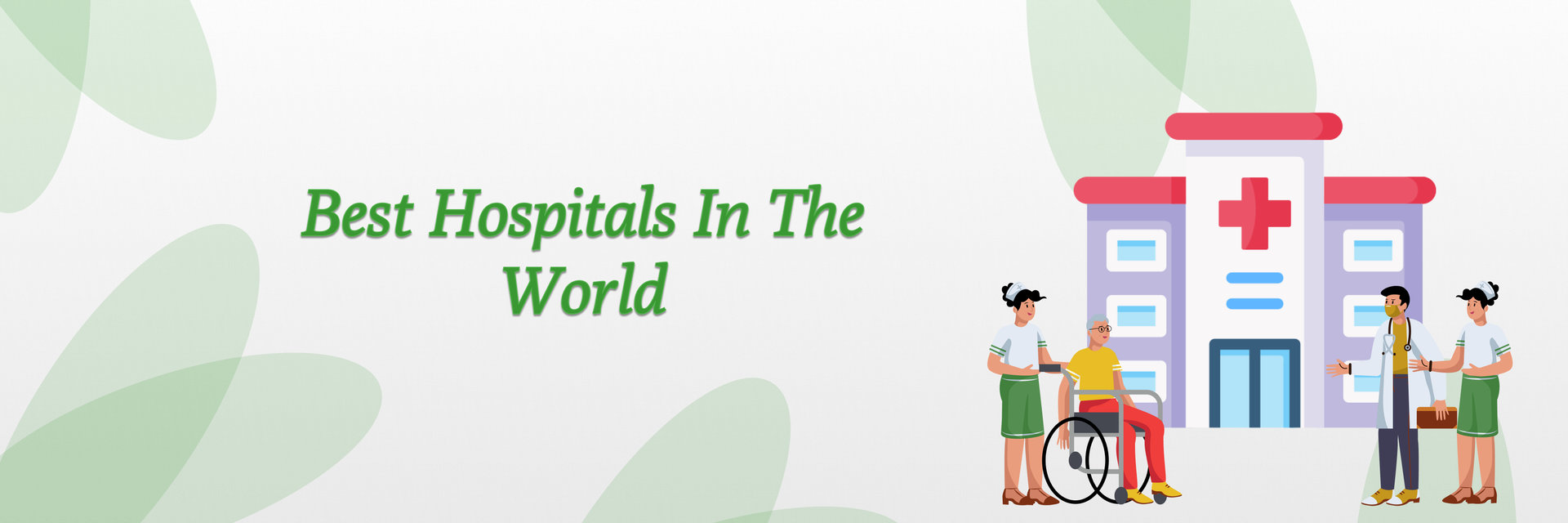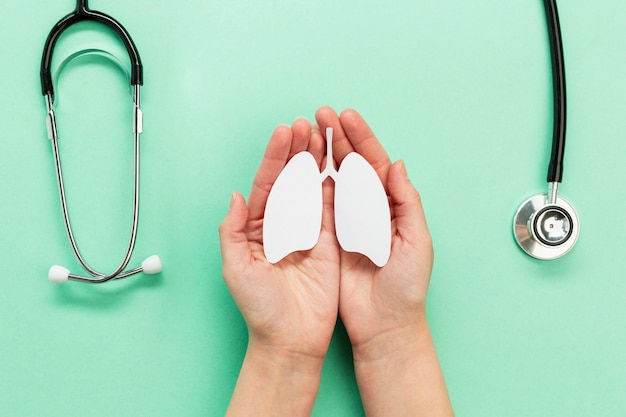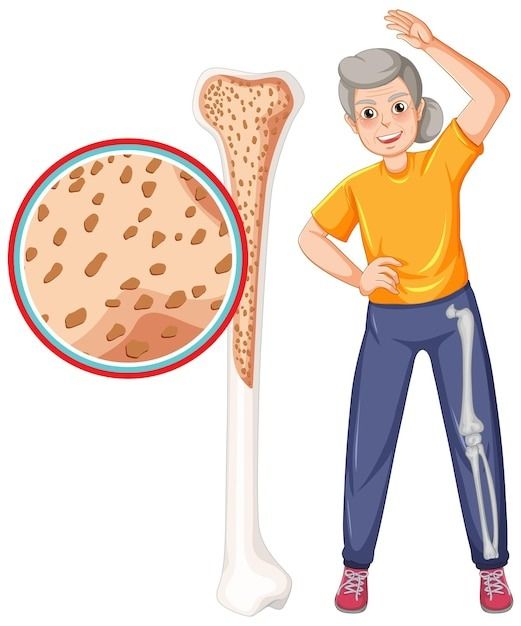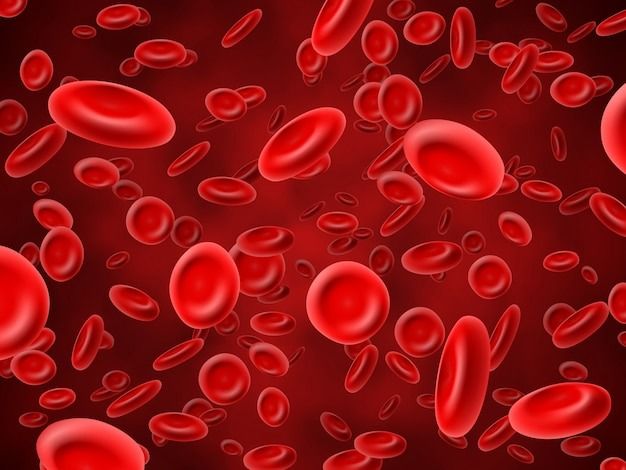What is a living donor lung transplant?
A living donor lung transplant is when a healthy person gives one of their lungs to help someone else who has really bad lung issues. This makes it easier for the sick person to breathe and feel better. What's special is that the person giving the lung is alive and can still breathe fine with just one lung. The new lung they give grows inside the sick person and does a good job of helping them breathe.
Curious about the differences between living and deceased donor lung transplants?
Differences: Living vs Deceased Donor Lung Transplant?

A living donor lung transplant involves giving a healthy lung or a part of a lung directly to the recipient. This usually happens between family members or close relatives.
In contrast, a deceased donor lung transplant is when lungs are obtained from a person who has recently passed away. This should meet specific organ donation criteria.
Both types of transplants aim to replace damaged lungs. The only difference is the source of donated lungs.
Your health is too important to ignore – schedule your appointment now.
Wondering if you or someone you know could be a living lung donor?
Can a living person donate a lung for transplantation?
Yes, a living person can donate a lung for transplantation. This type of donation is known as a living donor lung transplant. It usually involves a healthy individual, often a family member or close friend. Who donates one of their lungs or a portion of a lung to a person in need of a transplant.
The remaining lung in the donor's body can still function well. This allows them to lead a relatively normal life after the donation.
How are living donors evaluated and selected for lung transplant donation?
In living donor lung transplantation, the donors are thoroughly evaluated. This is done to ensure the safety and compatibility of the donated lung with the recipient.
To select the living donors the doctor’s check:
- Overall health
- Lung function
- Blood type
- Mental readiness.
They also do tests like X-rays and lung function tests.
Eager to understand the risks and benefits of living donor lung transplants?
What are the risks and benefits of a living donor lung transplant?

Risks and Benefits of Living Donor Lung Transplant:
Benefits:
- Faster Transplant: Living donor transplants can happen sooner. One has to wait in case of deaceased donor lung transplant.
- Better Match: The donated lung might be a better match for the recipient.
- Improved Health: For the recipient, it can mean a chance for a healthier life. Along with improved lung function.
Risks:
- Donor Risks: The donor might have pain, infection, or lung problems after surgery.
- Recipient Risks: The recipient could have complications from surgery or rejection of the new lung.
- Surgery Risks: Both the donor and recipient face risks from the surgery itself.
Let's dive into the compatibility factor of living donor lung transplants!
How compatible does a living donor's lung need to be with the recipient?
During a living donor lung transplant, the donor's lung needs to be 100% compatible with the recipient. Otherwise, there are chances that the new lung will be rejected by the recipient's body.
The compatibility between a living donor's lung and the recipient is assessed through various factors. Blood type and tissue matching are some of the primary requirements.
The closer the match, the better the chances of a successful transplant. Other factors, such as size and overall health, also play a role in determining compatibility.
Take charge of your health and your life. Contact us today!
Interested in the recovery process for living lung donors?
What is the recovery process like for a living donor after lung transplantation?

After a living donor lung transplant, the donor will spend about 1-2 weeks in the hospital. The initial days patients are kept in the ICU, they are moved to regular rooms. They look for vital signs and lung function. Pain management and physical therapy are part of the healing process. Recovery time varies, but it generally takes weeks to months to fully regain strength.
Follow-up appointments are crucial for long-term health monitoring. Emotional support is also provided to address any stress or anxiety.
Ready for some inspiring insights? Discover the long-term outcomes for recipients!
What are the long-term outcomes for recipients of living donor lung transplants?
After getting a lung transplant from a living donor, about 75.5% of people survive for 1 year, 67.6% for 3 years, and 61.8% for 5 years. But in the long term, some may have a problem called chronic lung allograft dysfunction (CLAD). This happens to around 13.3% of people after about 3.3 years
Understand the qualifications needed for a living donor lung transplant!
Are there any specific criteria or qualifications for becoming a living lung donor?

If someone wants to give a part of their lung through a Living Donor lung transplant, they need to meet some requirements.
The person should be healthy overall and have lungs that match the size and type needed by the person receiving the lung.
They also need to have the same blood and tissue type as the person getting the lung.
The donor also has to pass certain psychological tests to actually be able to donate.
Doctors check the donor's health really carefully to make sure they can handle the surgery and still be healthy afterward. So, there are rules to follow to make sure both the person giving the lung and the person getting the lung stay safe and healthy.
Your well-being is our priority - call us to book your appointment today
Curious about family and friends as donors? Let's explore the possibilities!
Can a family member or friend be a living lung donor?
Yes, family members or friends can be donors for a living donor lung transplant. However, this is possible only when they meet the eligibility criteria.. Being emotionally and mentally prepared for the process is also important.
What are the potential risks and complications for living donors in lung transplant procedures?
Yes, there are risks and complications for donors as well, in a living donor lung transplant. The potential risks and complications include:
Surgical risks: Infection, bleeding, damage to nearby structures.
- Anesthesia risks: Reactions, brand eating issues.
- Pneumonia: Lung infection.
- Pain: Around the surgery area.
- Breathing issues: Temporary lung function reduction.
- Long-term impact: On lung function.
- Psychological impact: Emotional effects.
- Rare complications: Blood clots, lung collapse.
- Follow-up: Regular monitoring is essential.
Want to know how organ matching works for living donor lung transplants? Let's find out!
How does the organ matching process work for living donor lung transplants?
When an organ is ready to be donated for a living donor lung transplant, a system managed by UNOS looks for a suitable match by considering things like:
- Blood type.
- Organ size compared to the recipient's chest.
- How far the organ needs to travel to reach the recipient.
FAQs

Q: What Is a Living Donor Lung Transplant, and How Does It Differ from a Deceased Donor Lung Transplant?
A: A Living Donor Lung Transplant involves obtaining a lung or part of a lung from a living donor, typically a family member or close relative. In contrast, a Deceased Donor Lung Transplant uses lungs from a deceased organ donor. Living donor transplants offer the advantage of a planned surgery and potential for better organ matching.
Q: Who Is Eligible to Be a Living Lung Donor, and What Are the Criteria?
A: Living lung donors should be healthy individuals with compatible blood types and similar lung size to the recipient. They must undergo thorough medical and psychological evaluations to determine eligibility.
Q: What Are the Advantages of a Living Donor Lung Transplant Over a Deceased Donor Transplant?
A: Living donor transplants can have shorter waiting times, reduced risk of organ rejection due to better matching, and potentially better long-term outcomes. Additionally, it allows for elective timing of the surgery.
Q: How Is a Living Donor Lung Transplant Procedure Performed, and What Is the Recovery Like for Both Donor and Recipient?
A: The living donor's lung or lobe is typically removed through a surgical procedure, and the recipient undergoes lung transplantation. The recovery period varies for both donor and recipient but generally involves hospitalization and rehabilitation.
Q: Are There Risks and Complications Associated with Living Donor Lung Transplants?
A: Living donor lung transplant surgery carries risks, including surgical complications, infections, and potential long-term health effects for the donor. However, these risks are carefully evaluated and minimized through medical assessments.
Q: Can Living Donor Lung Transplants Be Performed for Pediatric Patients or Those with Specific Lung Conditions?
A: Living donor lung transplants can be considered for pediatric patients and individuals with specific lung conditions, but eligibility depends on various factors, including the availability of a suitable living donor.
Q: How Does the Process of Finding a Suitable Living Donor for a Lung Transplant Work?
A: The process involves a thorough evaluation of potential living donors, including medical and psychological assessments. Compatibility and suitability are determined based on factors like blood type, lung size, and overall health.
Q: Are Living Donor Lung Transplants Common, and Where Can I Find Centers That Perform Them?
A: Living donor lung transplants are less common than deceased donor transplants but are offered at specialized transplant centers. Patients interested in this procedure should consult with a transplant center with expertise in living donor lung transplants for evaluation and guidance.
Reference
https://www.ncbi.nlm.nih.gov/pmc/articles/PMC5708411/
https://www.hopkinsmedicine.org/health/treatment-tests-and-therapies/lung-transplant
https://www.optechtcs.com/article/S1522-2942(07)00023-2/fulltext






